Search
Items tagged with: 2023SolarEclipse

Eclipses to Auroras: Eclipse Ambassadors Experience Winter Field School in Alaska
In 2023 and 2024, two eclipses crossed the United States, and the NASA Science Activation program's Eclipse Ambassadors Off the Path project invitedNASA Science Editorial Team (NASA Science)
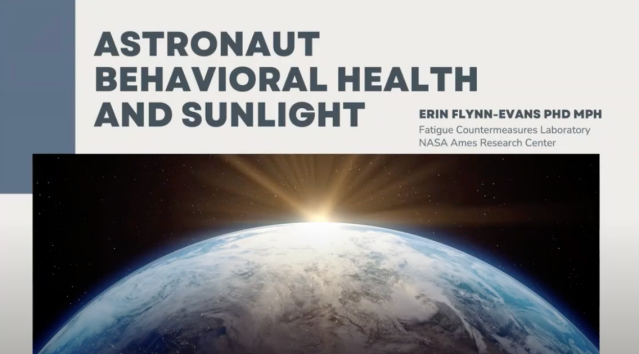
Celebrate Heliophysics Big Year: Free Monthly Webinars on the Sun Touches Everything - NASA Science
Once a month (usually on the first Tuesday), the Heliophysics Education Community meets online to share knowledge and opportunities.science.nasa.gov

Celebrate the Heliophysics Big Year with Free Heliophysics and Math Webinars from NASA HEAT - NASA Science
The Heliophysics Big Year (HBY) is a global celebration of the Sun’s influence on Earth and the entire solar system. It began with the Annular Solar Eclipse on Oct. 14, 2023, continued through the Total Solar Eclipse on Apr.science.nasa.gov
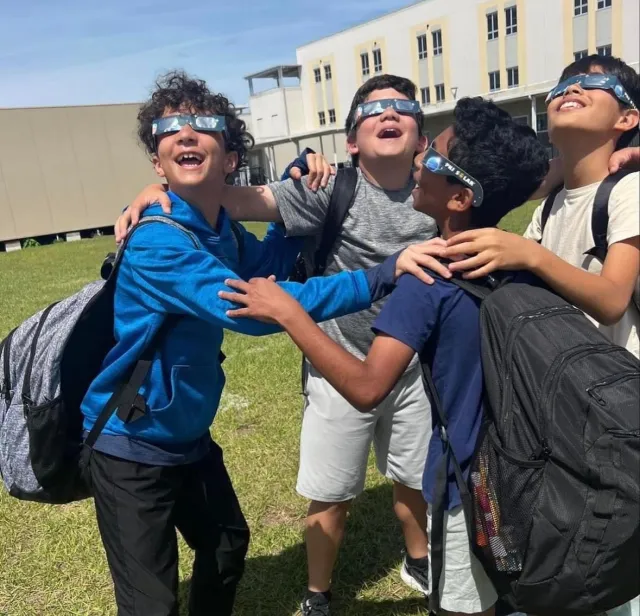
NASA@ My Library and Partners Engage Millions in Eclipse Training and Preparation - NASA Science
The Space Science Institute, with funding from the NASA Science Mission Directorate and Gordon and Betty Moore Foundation, provided unprecedented training, support, and supplies to 15,000 libraries in the U.S.science.nasa.gov

NASA’s Scientists and Volunteers Tackle the October 14 Solar Eclipse - NASA Science
Did you see October 14th’s solar eclipse? Most of the time we can easily forget that we are on a planet spinning and orbiting in space with other celestial bodies.science.nasa.gov
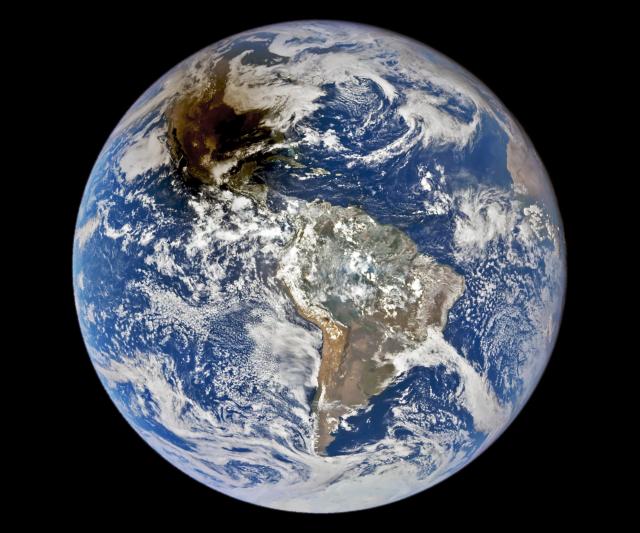
The Moon Casts a Shadow
NASA’s Earth Polychromatic Imaging Camera aboard the Deep Space Climate Observatory (DSCOVR) captured the lunar shadow during the Oct. 14 annular solarMonika Luabeya (NASA)
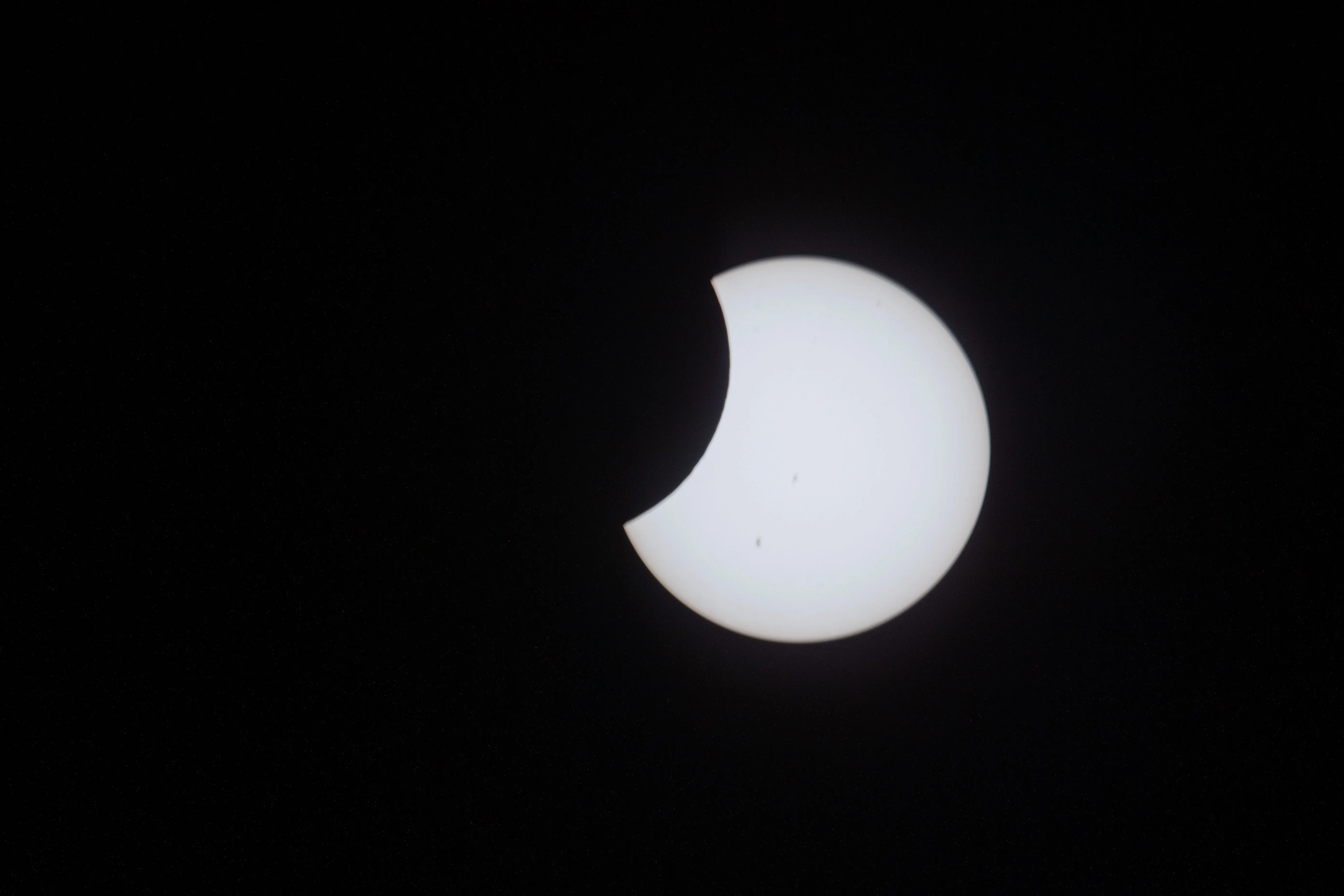
The Start of an Eclipse
While aboard the International Space Station, astronaut Jasmin Moghbeli took this picture of the Moon passing in front of the Sun during the annular solarMonika Luabeya (NASA)

Five Tips for Photographing the Annular Solar Eclipse on Oct. 14 - NASA Science
An annular solar eclipse is crossing the Americas on Oct. 14, 2023. This astronomical event is a perfect opportunity to capture unforgettable images of the Moon “taking a bite” out of the Sun or creating a “ring of fire” effect in the sky.science.nasa.gov
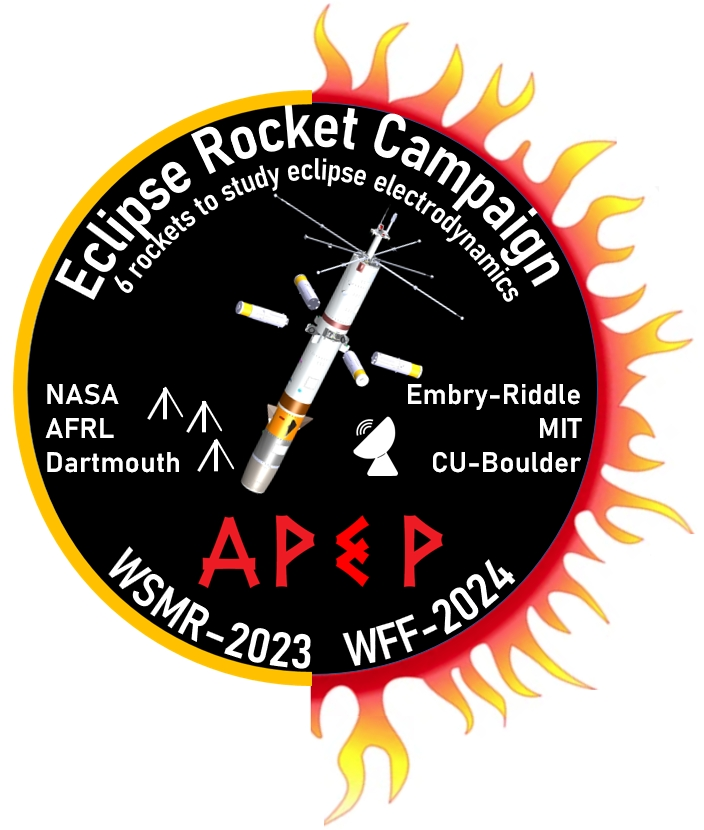
To Study Atmosphere, NASA Rockets Will Fly into Oct. Eclipse’s Shadow
A NASA sounding rocket mission will launch three rockets during the 2023 annular eclipse in October to study how the sudden drop in sunlight affects our upper atmosphere.Miles Hatfield (NASA)
